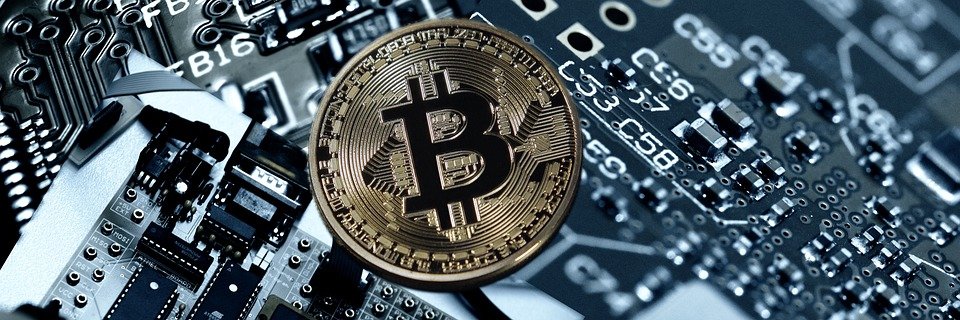Breaking Barriers: How Free NFTs are Revolutionizing the Art World
Introduction
The world of art has always been known for its exclusivity and high barriers to entry. However, with the advent of Non-Fungible Tokens (NFTs), the art world is experiencing a revolution like never before. NFTs, built on blockchain technology, are digital assets that represent ownership or proof of authenticity of a unique item. In this article, we will explore how free NFTs are breaking barriers and reshaping the art world as we know it.
The Rise of NFTs
NFTs have gained significant attention and popularity in recent years. Artists, collectors, and investors are flocking to this new medium due to its unique properties. Unlike physical art, NFTs can be easily transferred, tracked, and verified on the blockchain. This provides artists with a new way to monetize their work and retain control over their creations.
Breaking Barriers
One of the most significant barriers that have plagued the art world for centuries is the exclusivity and limited accessibility of art. Traditional art forms, such as paintings and sculptures, often require physical presence to be appreciated. This limits the audience and makes it challenging for emerging artists to gain recognition and sell their work.
However, with free NFTs, the art world is becoming more inclusive and accessible. Artists can now create and distribute their work digitally, reaching a global audience instantly. This opens up new opportunities for artists from underrepresented communities and allows them to showcase their talent without the need for physical galleries or intermediaries.
The Democratization of Art
Free NFTs are democratizing the art world by enabling anyone to participate in the market. Previously, only wealthy collectors had the means to purchase high-value artworks. With NFTs, art is no longer limited to the privileged few. Anyone can own a piece of digital artwork, regardless of their financial status.
Moreover, NFTs provide artists with direct access to their audience. They can interact with collectors and fans, eliminating the need for intermediaries such as galleries or auction houses. This direct connection fosters a sense of community and allows artists to build a loyal following.
Challenges and Controversies
While free NFTs offer numerous benefits, they also come with challenges and controversies. One of the main concerns is the environmental impact of blockchain technology. The energy consumption required for minting and trading NFTs has raised concerns about carbon footprints. However, efforts are being made to explore more sustainable solutions and reduce the environmental impact.
Another controversy surrounding NFTs is the issue of copyright infringement. With the ease of copying digital files, unauthorized reproductions of artwork can be created and sold as NFTs. Artists and platforms are working towards implementing better copyright protection measures to safeguard the intellectual property rights of creators.
FAQs
1. What are NFTs?
NFTs, or Non-Fungible Tokens, are digital assets built on blockchain technology that represent ownership or proof of authenticity of a unique item.
2. How do free NFTs revolutionize the art world?
Free NFTs break barriers by making art more inclusive and accessible. They allow artists to distribute their work globally and provide opportunities for underrepresented artists to showcase their talent.
3. Can anyone own a free NFT?
Yes, anyone can own a free NFT. Unlike traditional art, NFTs are not limited to the privileged few and are accessible to individuals regardless of their financial status.
4. Are there any challenges associated with NFTs?
Yes, NFTs come with challenges such as environmental concerns and copyright infringement issues. Efforts are being made to address these challenges and develop sustainable solutions.
Conclusion
Free NFTs are revolutionizing the art world by breaking barriers and making art more accessible to a global audience. Artists can now connect directly with their fans and retain control over their creations. While challenges exist, the potential for innovation and inclusivity that NFTs bring to the art world is truly transformative. As technology continues to advance, we can expect further developments in the NFT space, shaping the future of art and creativity.

